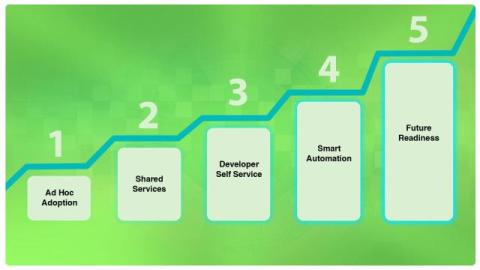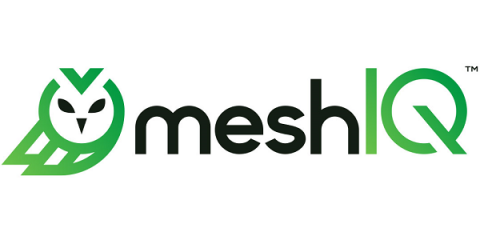Diagnosing ActiveMQ broker performance issues with log analysis
Apache ActiveMQ is a widely used message broker that enables seamless communication between distributed applications. However, as the volume of messages increases, performance bottlenecks can arise, leading to slow message processing, high latency, broker crashes, and out of memory (OOM) errors. One of the most critical issues affecting ActiveMQ is OOM errors, which occur when the broker exceeds its allocated heap memory. This can result in service failures, message loss, and prolonged downtime.









